
Now that spring has officially sprung, you might be noticing some changes in your lawn. In particular, this is the time of year that weeds begin to invade. Take immediate action now, using the following seven steps, so that you can control the growth of weeds before summer.
Prevention is the best medicine. Identify the type of grass in your lawn, and research its ideal cutting height. When maintained at the right height, most types of grass will out-compete weeds. Regular mowing also means you will remove weed seed heads before they mature and reproduce. Also remember to water and fertilize your grass properly. A healthy lawn is more resistant to weeds.
Identify your weeds. There are three main types of weeds (broadleaf, grassy, and sedge), and you need to identify which type is growing in your lawn. This will allow you to choose the best method of removal treatment.
- Grassy weeds look like grass, with hollow, rounded stems.
- Broadleaf weeds are most common, and have wide, flat leaves.
- Sedge weeds look a lot like grassy weeds, but have solid un-jointed stems and tend to be thicker.
(Note: You might need to use multiple methods, if you have several types of weeds)
Use herbicide – when necessary. If you have broadleaf weeds, use an herbicide specifically geared toward this type of weed. Spot treat the weeds if they tend to be isolated, so that you don’t use more herbicide than you really need. You can use a sprayer if you have large patches of weeds, or if they are overtaking your lawn.
Apply a crab grass treatment. If you have identified crab grass as the culprit, you can use a specialized crab grass killer. It won’t hurt your lawn, but you must apply it at the correct time during the growing season in order to achieve satisfactory results. These treatments work best on young crab grass in the spring; later in the growing season, they won’t be as effective.
Kill grassy weeds manually. Grassy weeds, like quack grass, spread through underground root systems that are not touched by broadleaf herbicides. If you pull them by hand, you won’t get all of the roots, and grassy weed killers will also kill your grass! That leaves manual application of weed killers as your only solution. Remember to use safety gloves, and wipe the weed killer onto the plant’s blades.
Choose landscaping alternatives. You might have noticed one or two annoying spots in your yard, where grass doesn’t grow well and weeds tend to infiltrate. Rather than endlessly fighting against nature, considering landscaping alternatives such as mulch, pebbles, stone, or hardscaping.
Call for backup. Some weeds are particularly stubborn, and you might find that you need expert help. This is often the case with sedge weeds, because they grow rapidly and aggressively, and don’t respond to most herbicides that are commonly used on other weeds. Give us a call, and we can help you figure out the best way to get your weed problem under control.

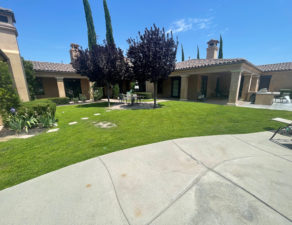
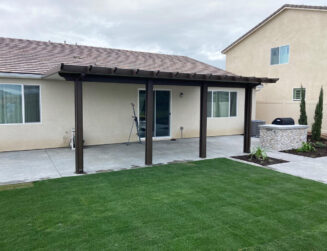
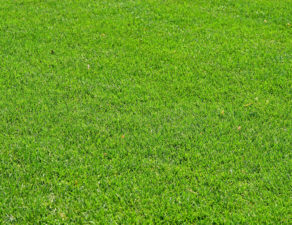
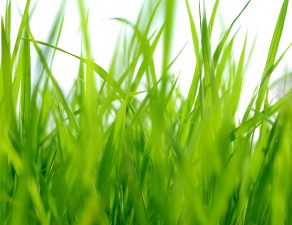

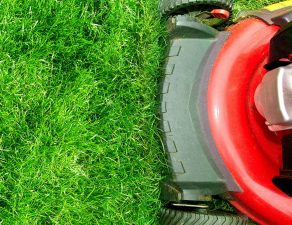
Write a comment: